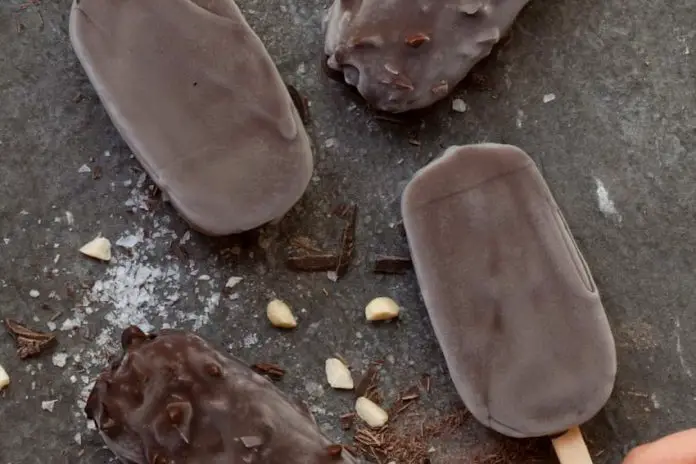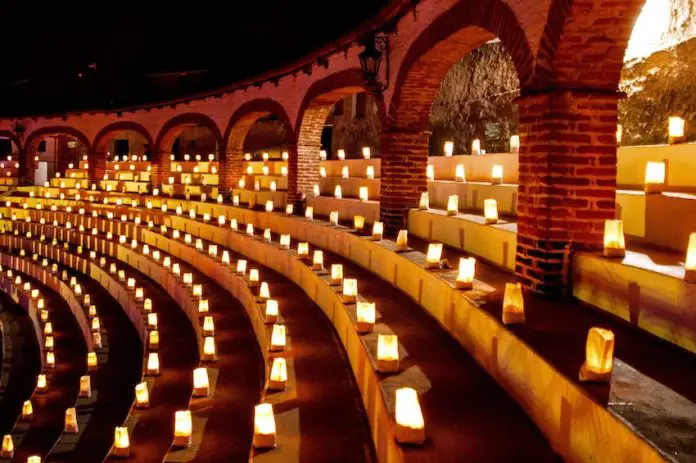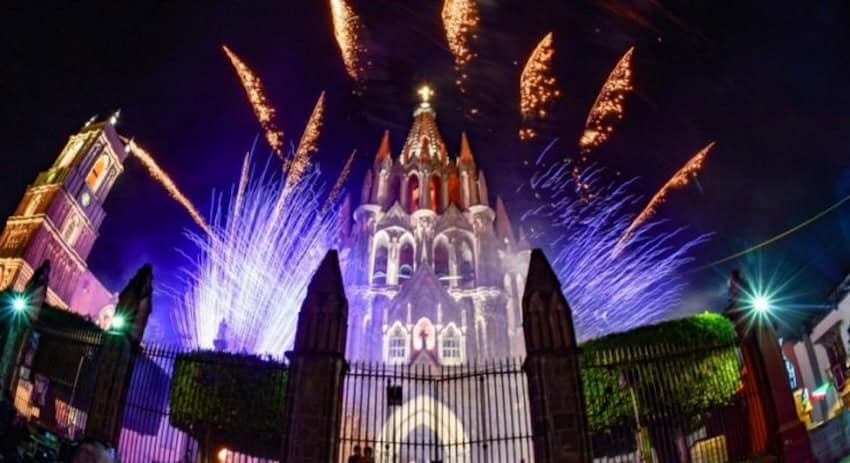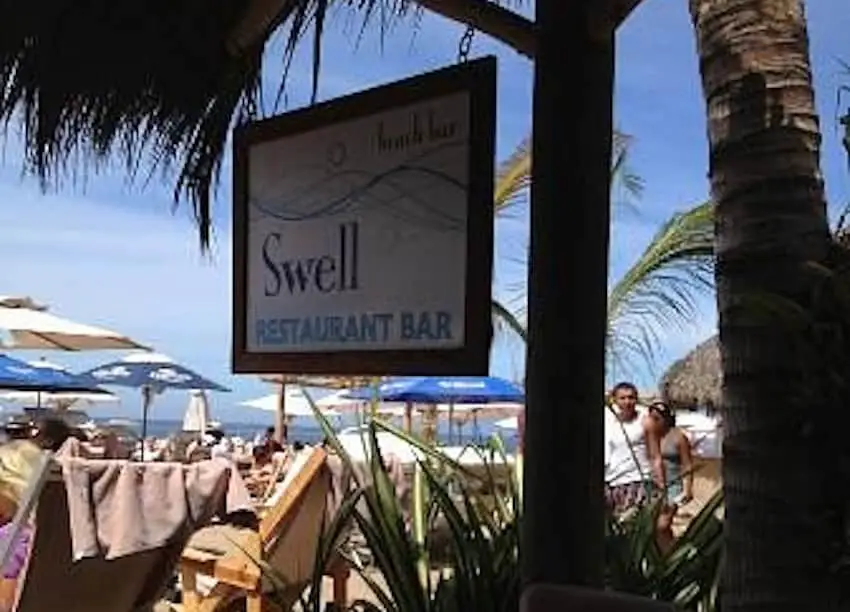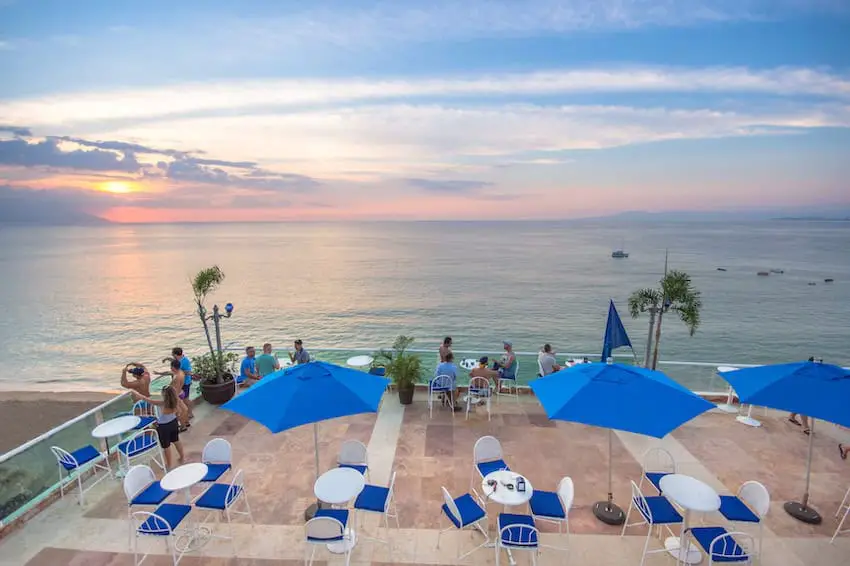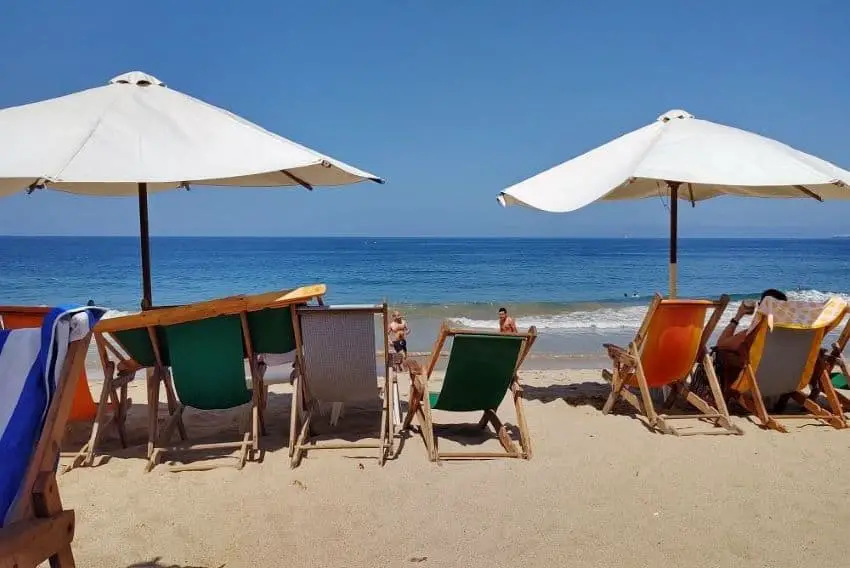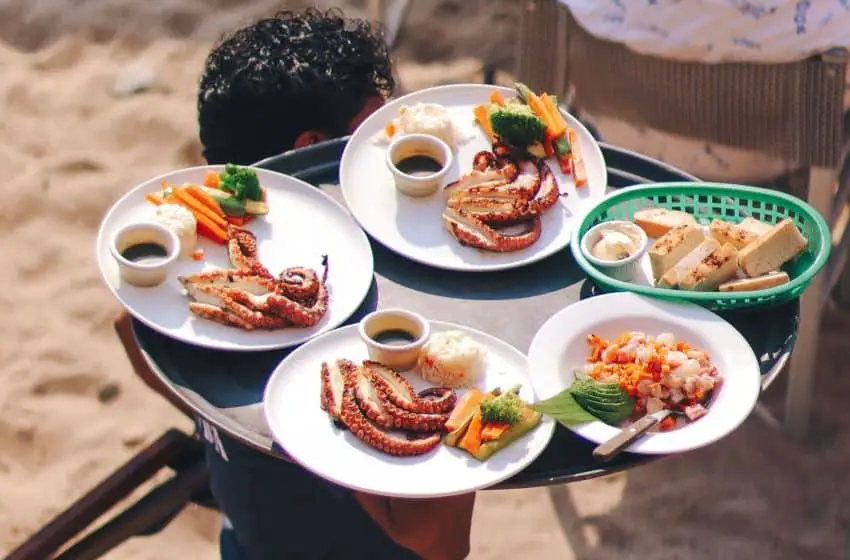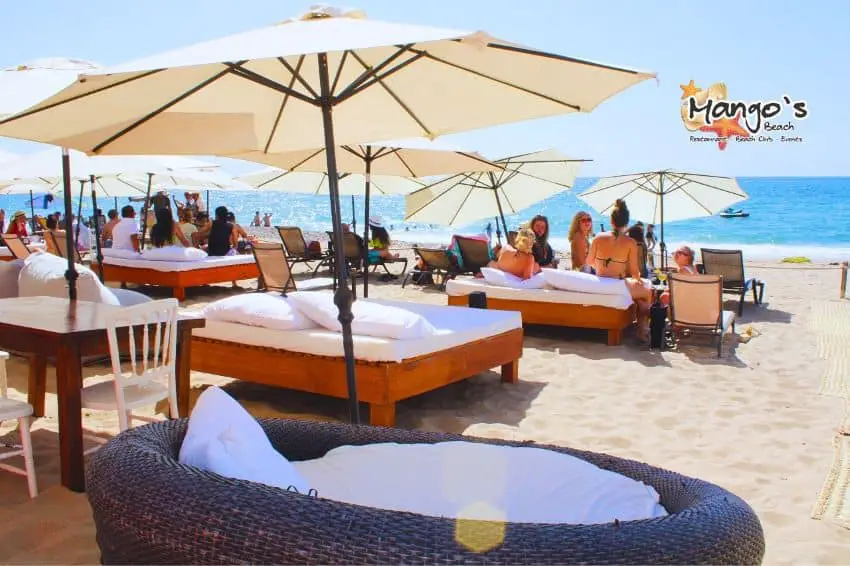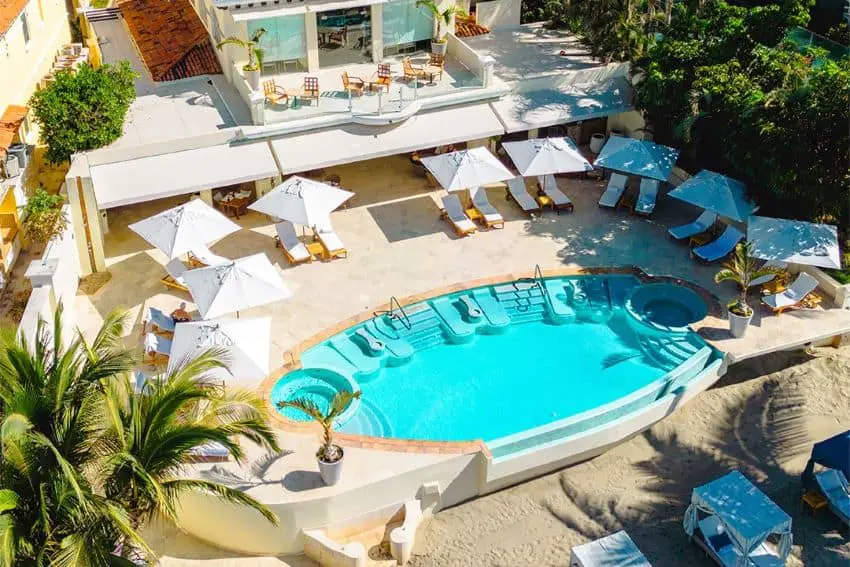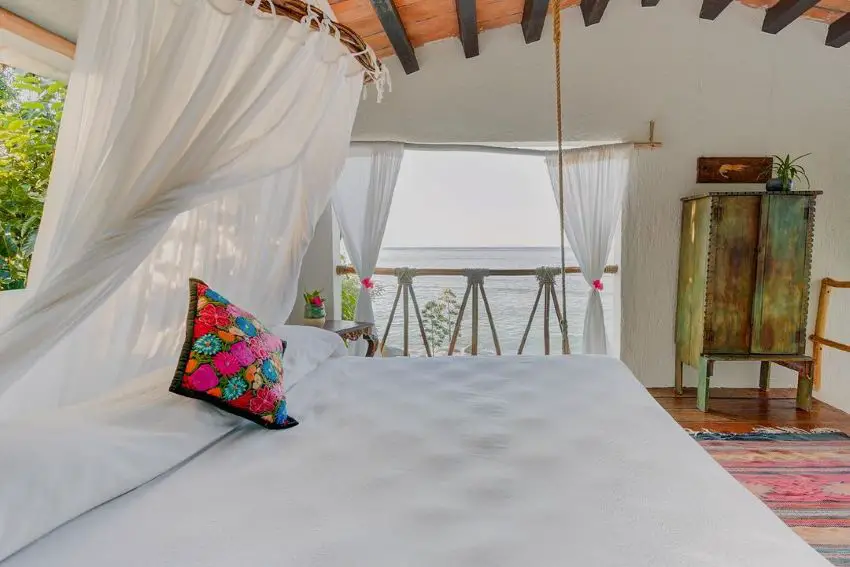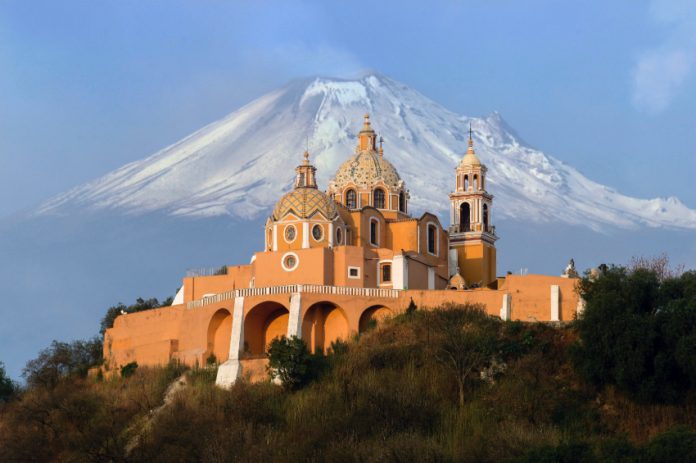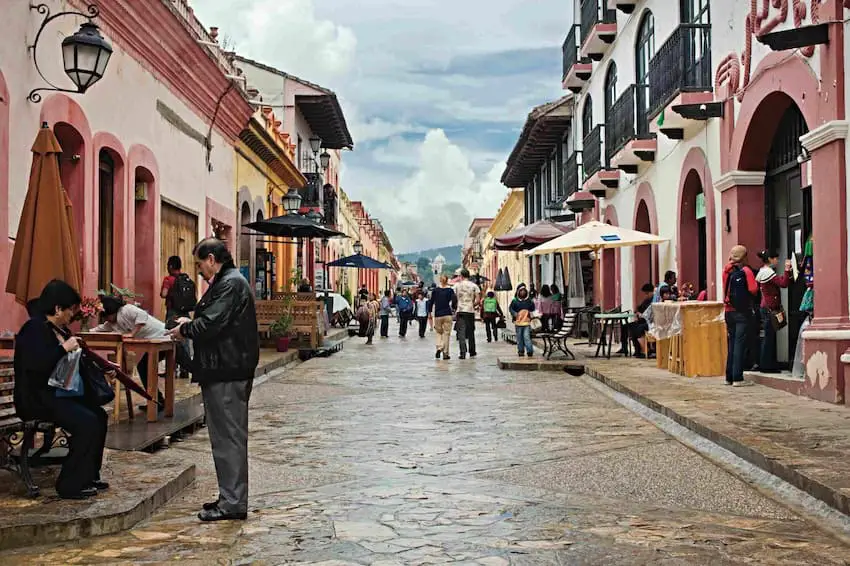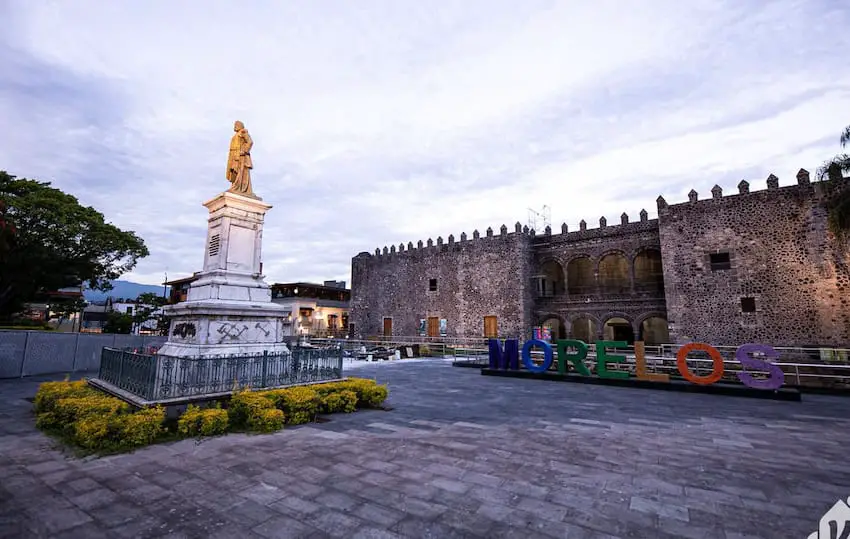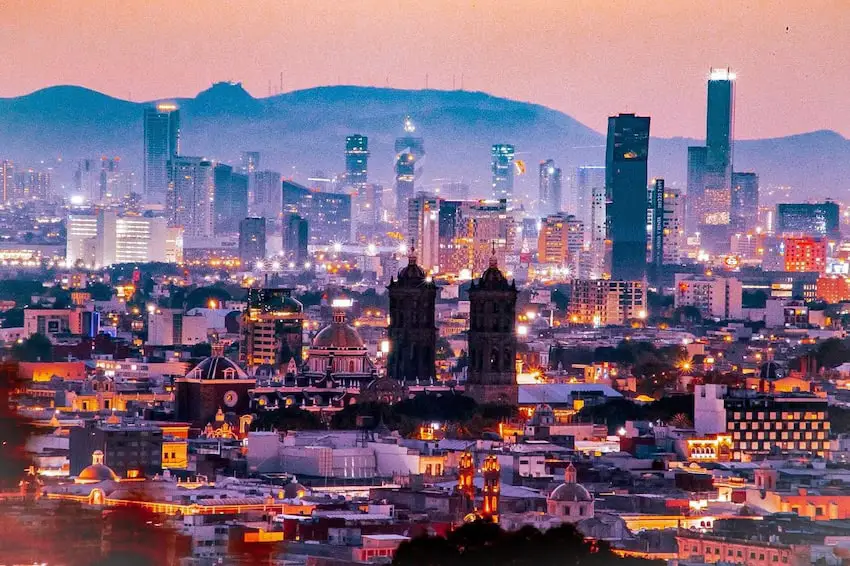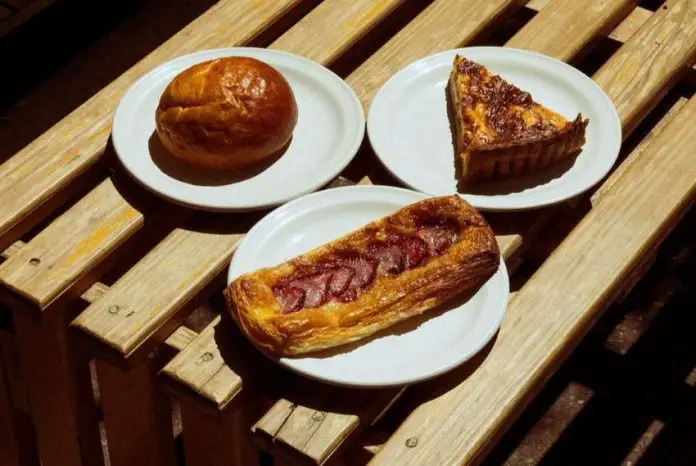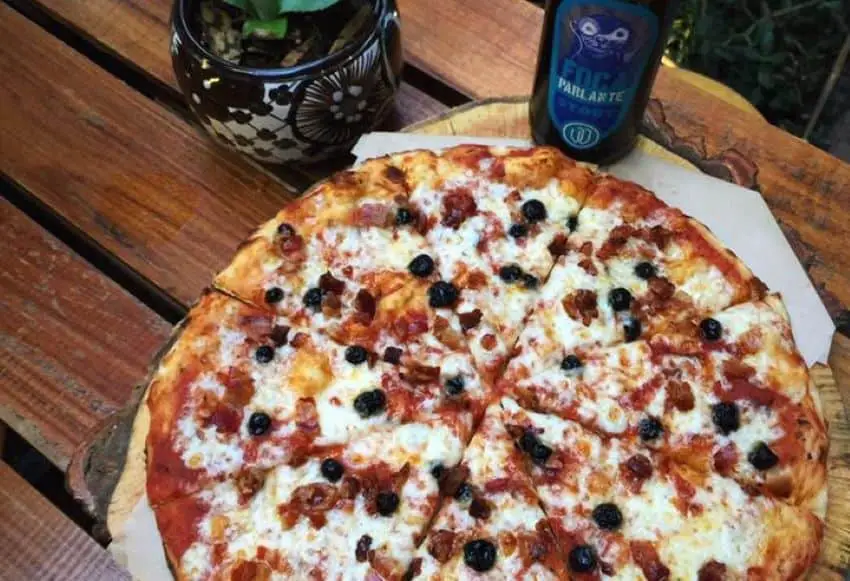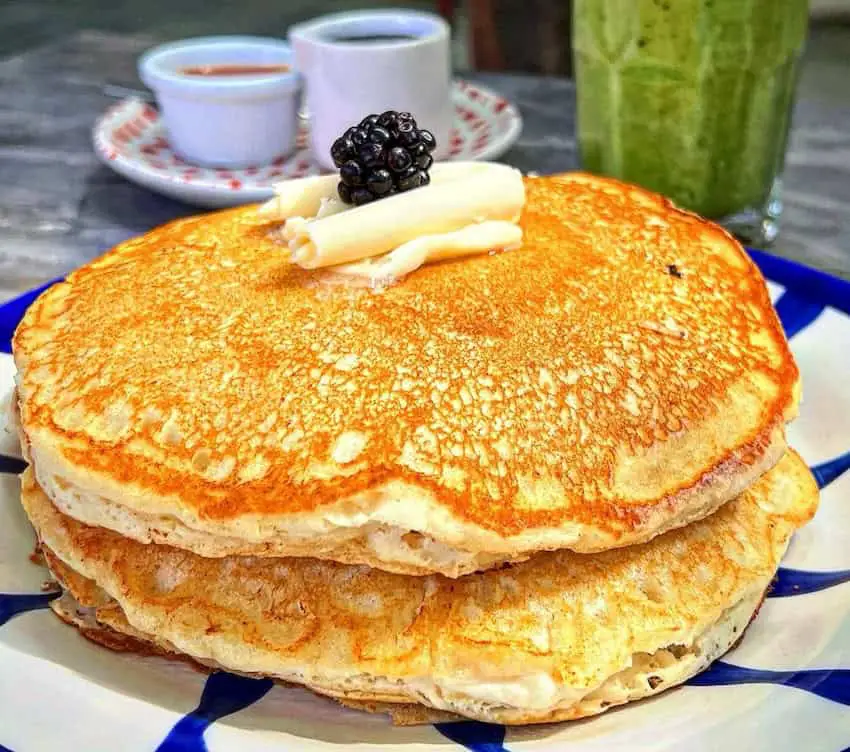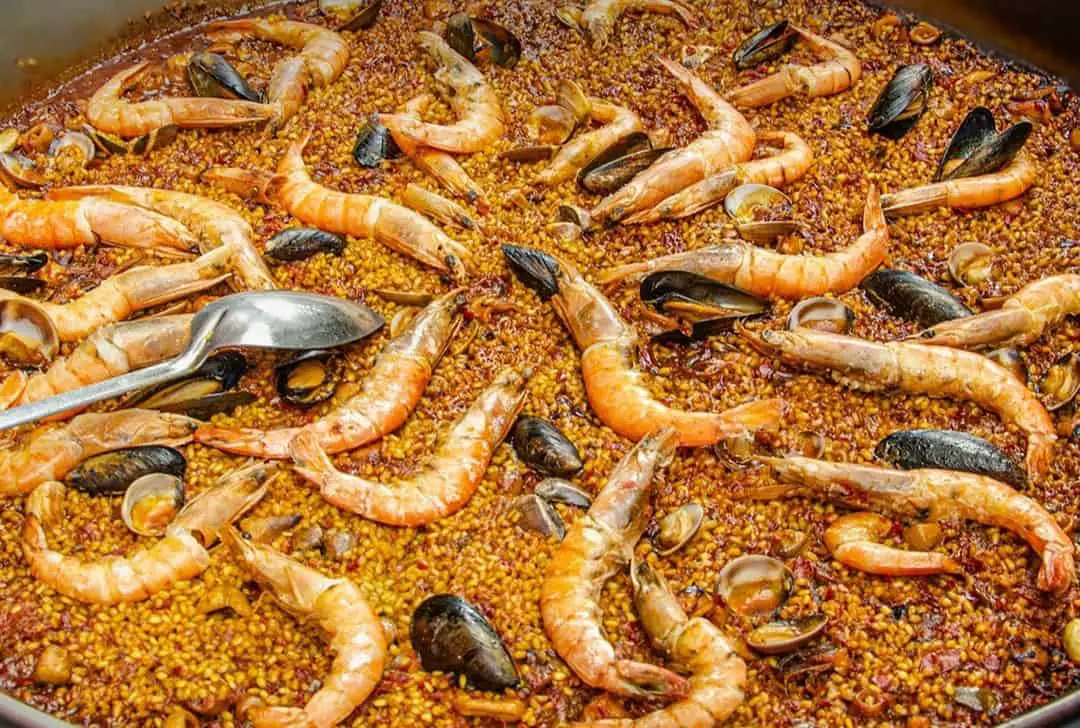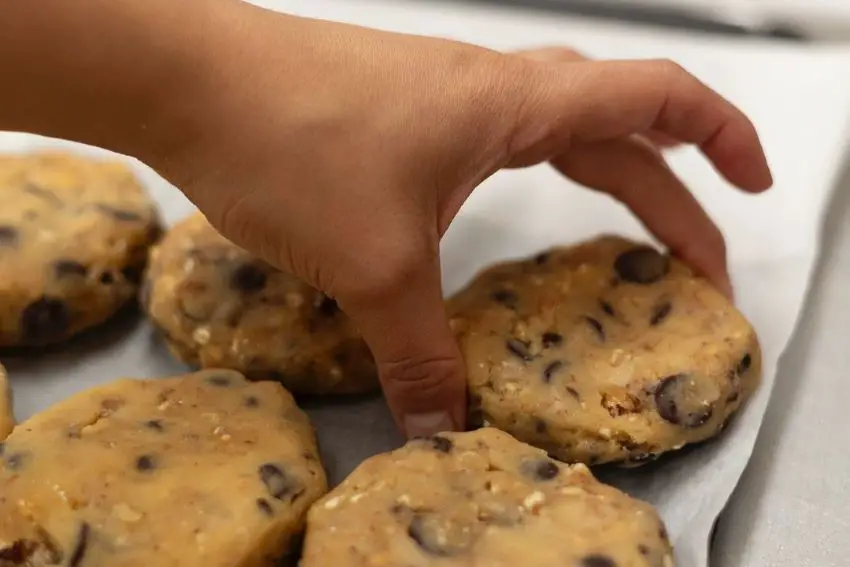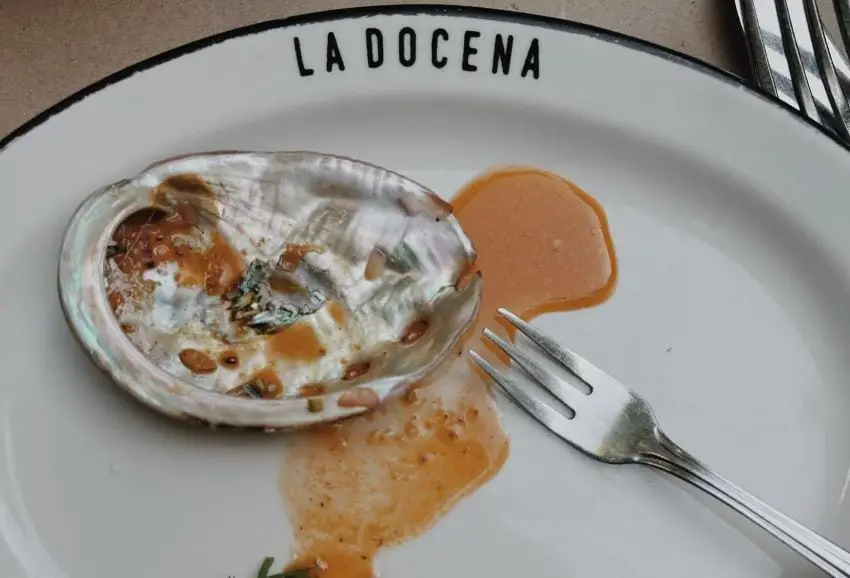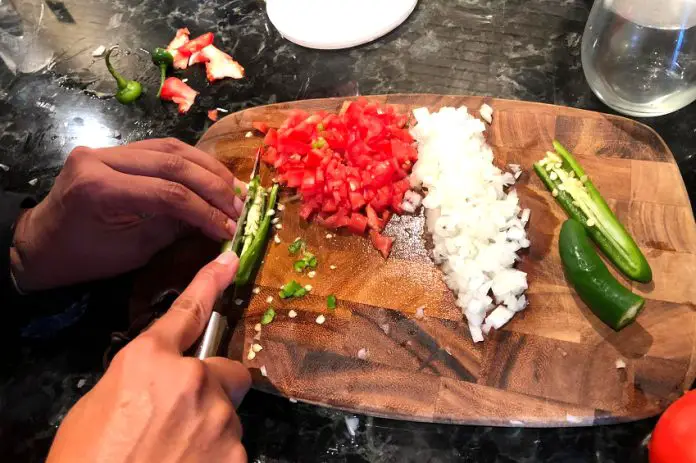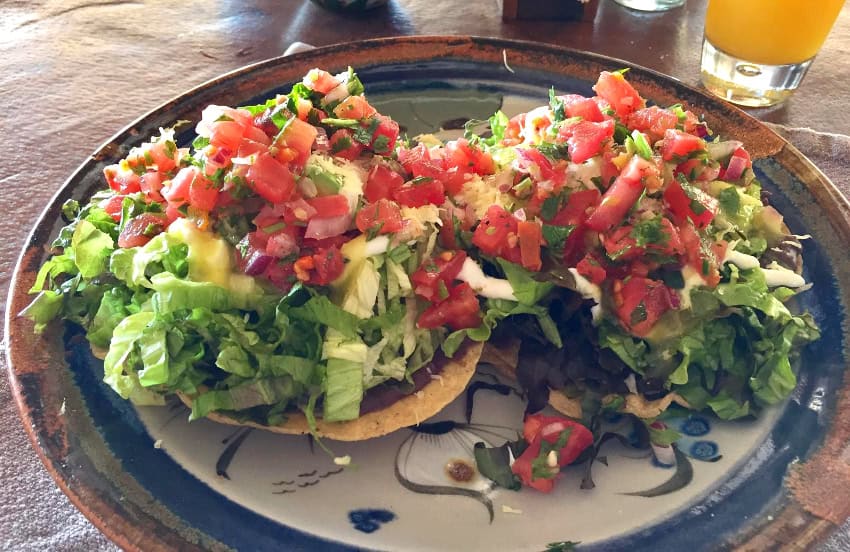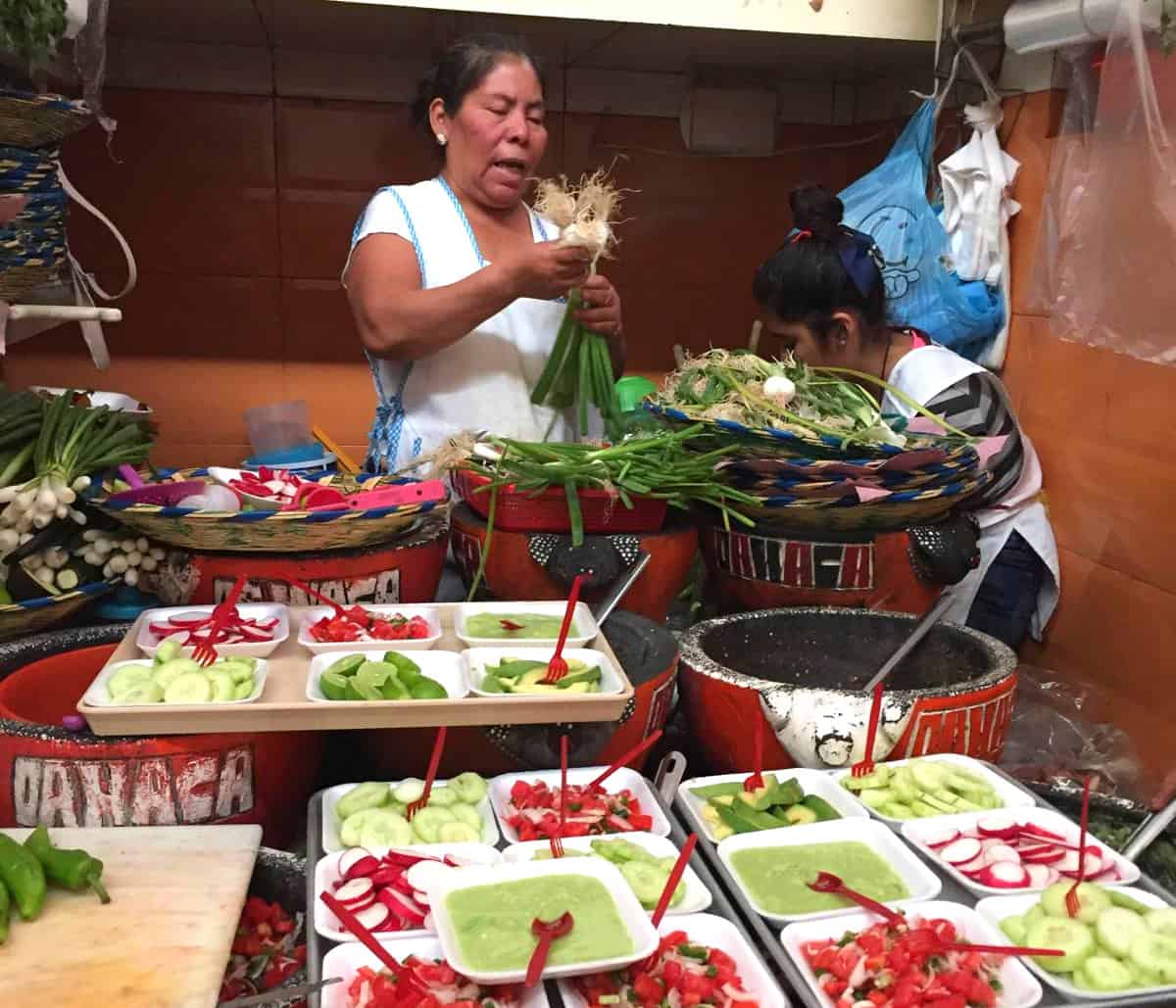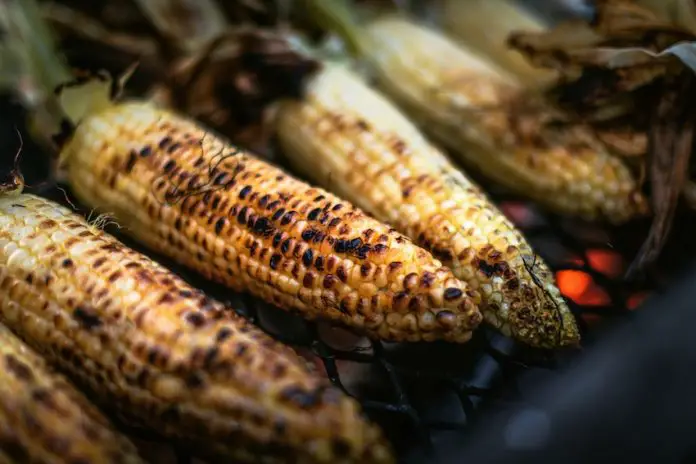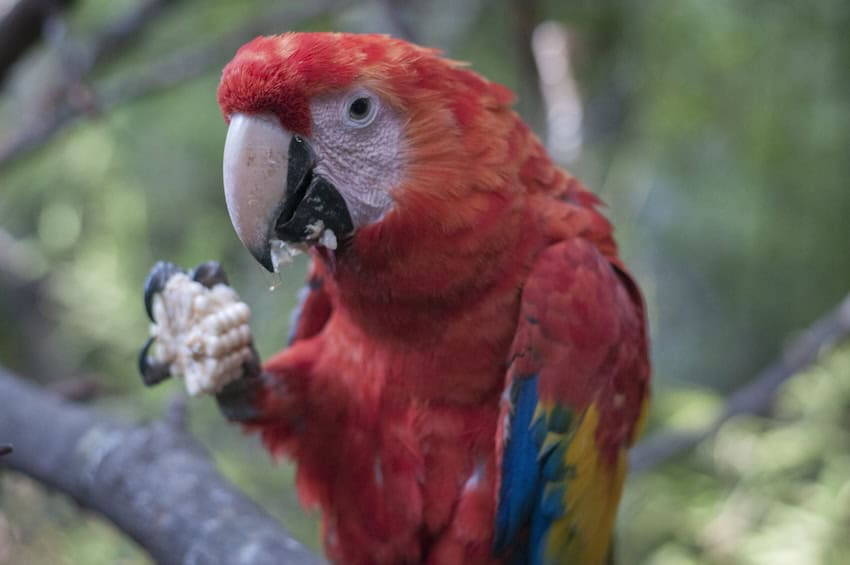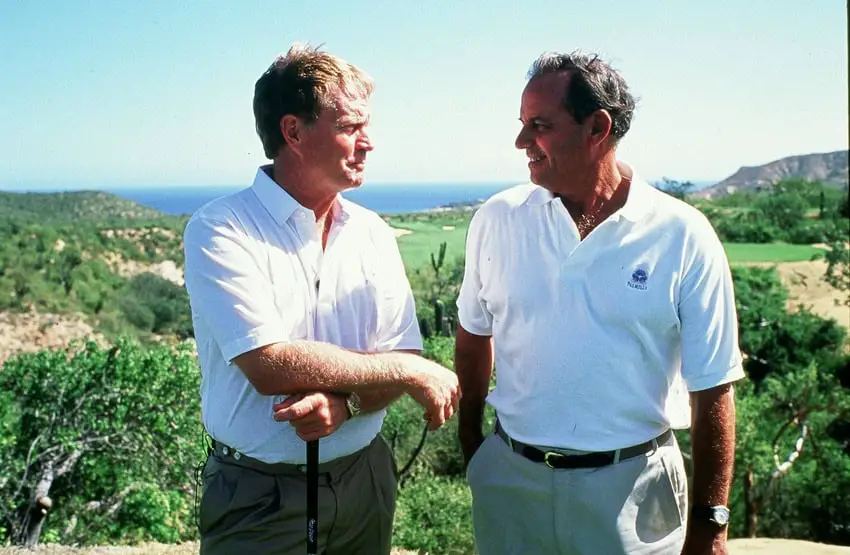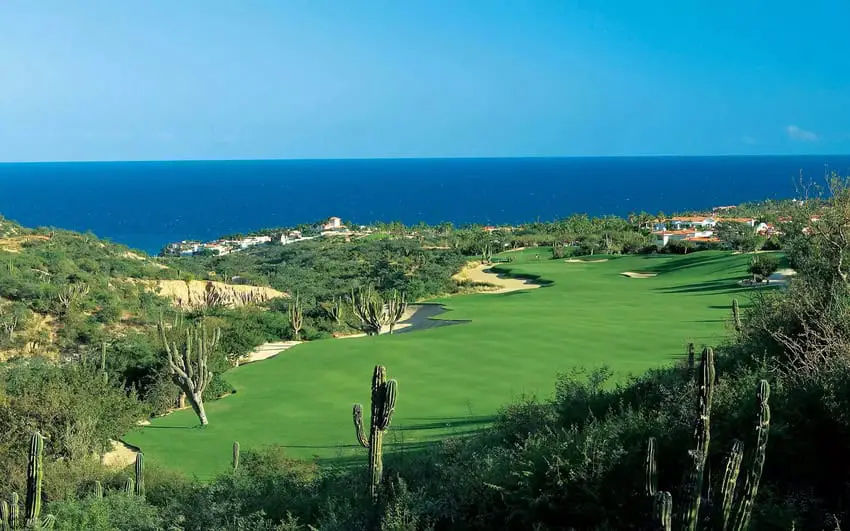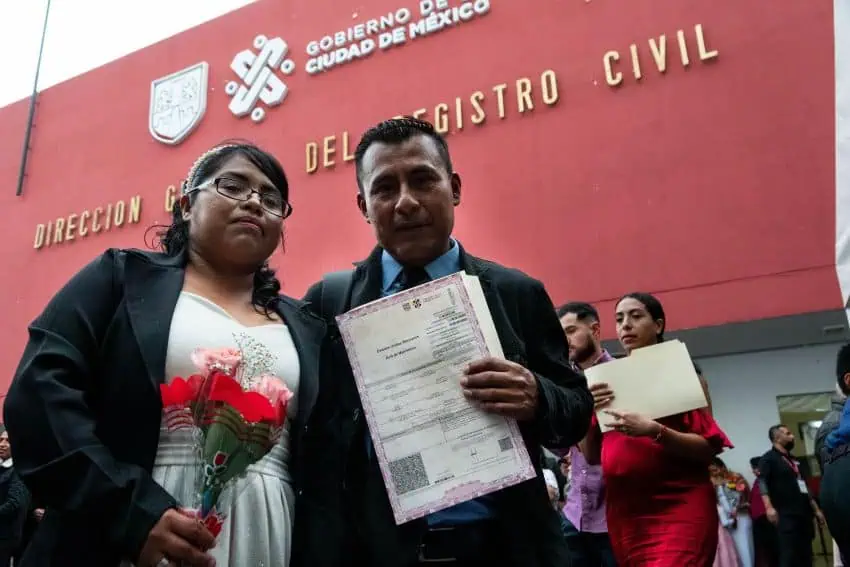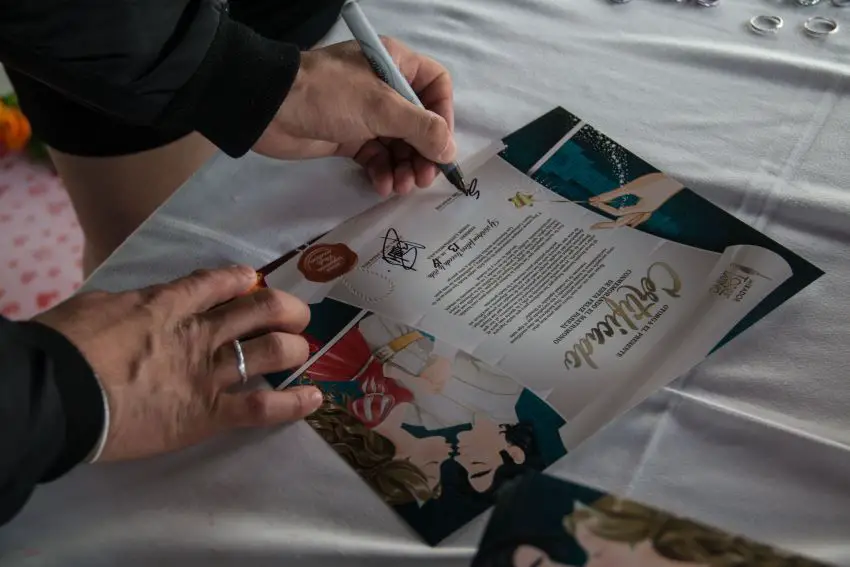Do you remember the rich, sweet-tooth satisfying taste of an ice cream bar covered in a tasty chocolate shell? Well, I do, but have you ever imagined how much better one would taste if you could make it yourself? What if you could make an easy, no-churn ice cream made of incomparable Mexican whipping cream and cover that ice cream in melted Mexican chocolate like none other in the world? Would you do it?
Most people think that the best chocolate comes from European countries like Switzerland or Belgium. In fact, chocolate traces its roots back to Mexico circa 1750 B.C. Science has proven the existence of cacao residue in earthenware cooking pots used by the Olmecs, the Mesoamerican “mother culture.” Other Mesoamerican civilizations, including the Maya and Mexica, used cacao extensively in everything from religious ceremonies to commerce.
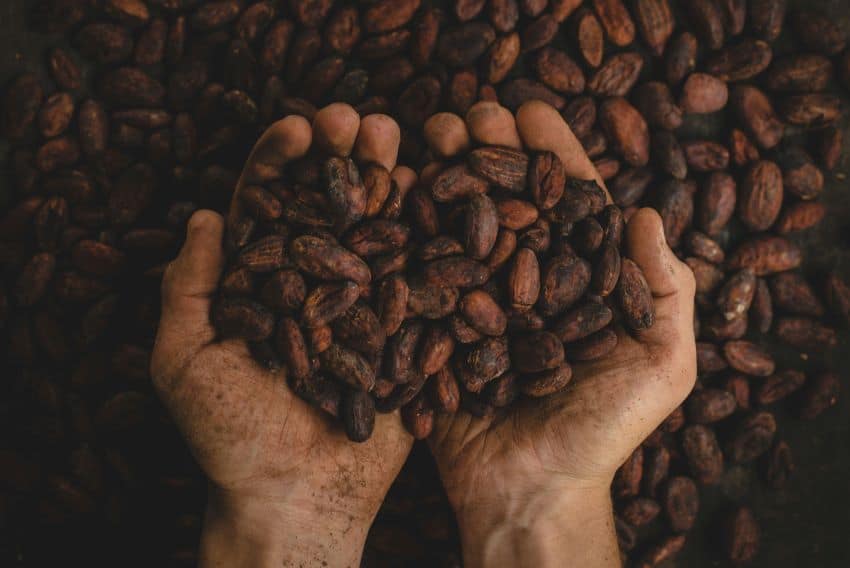
Unlike the United States or Canada, where chocolate most often appears as sweets — whether candies, cakes, hot chocolate or ice cream — Mexicans take it a step further, adding it to their cooking to give their dishes a rich, distinct, almost bitter flavor, as in the classic mole poblano.
What’s the best Mexican chocolate? Here are a few brands to try:
Ibarra: Famous for their “table chocolate” and for chocolate tablets that are melted to make the famous Mexican hot chocolate.
Ricolino: Known for its candy Bocadín, the most popular chocolate wafters in the country and for Bubu Lubu, a yummy Mexican chocolate bar stuffed with strawberry jelly and marshmallow.
Carlos V: Their chocolate bars are considered the king of Mexican milk chocolate!
Xiocolat: This store’s specialty is chocolate-coated berries and nuts, and their products are preservative-free and use all natural ingredients. Unfortunately, they’re only found in Mexico. Lucky us!
Now onto ice cream bars, either chocolate or vanilla, and covered in either milk chocolate or in dark chocolate with some chopped nuts thrown in, your preference! You will need a digital scale and an ice cream mold for this recipe.

Mexican Chocolate ice cream bars
Ingredients for chocolate ice cream
- ⅔ cup heavy cream (crema para batir)
- ⅓ cup sweetened condensed milk (Leche condensada azucarada)
- ⅓ cup Ibarra Finely Ground Chocolate (Chocolate Ibarra Finamente Molido)
Instructions
- Sift cocoa powder into sweetened condensed milk and mix until just combined. Taste and add some sugar to sweeten if preferred.
- Whip heavy cream with an electric hand mixer until stiff peaks form.
- With a rubber spatula, fold whipped cream into condensed milk and cocoa powder mixture.
- With a spoon, fill 4 slots of your ice cream mold. Gently tap the mold onto the kitchen counter a few times so that air bubbles come to the surface.
- Press one ice cream stick into each slot. The sticks will come with the mold.
- Smooth the top with a spatula.
- Place ice-cream mold into the freezer for 6 hours.
Ingredients for vanilla ice cream
- 1 ½ cups sweetened condensed milk (Leche condensada azucarada)
- 2 tsp (10 ml) vanilla extract (Extracto de vainilla)
- 2 cups (475 ml) heavy cream (Crema para batir)
Instructions
- In a large, chilled bowl, mix sweetened condensed milk and vanilla extract.
- In another bowl, add cream and using a mixer, beat at medium-high speed until stiff peaks form.
- Gently fold the whipped cream into the condensed milk mixture.
- Pour into your ice-cream mold and freeze for six hours.
Dark or milk chocolate dipping sauce
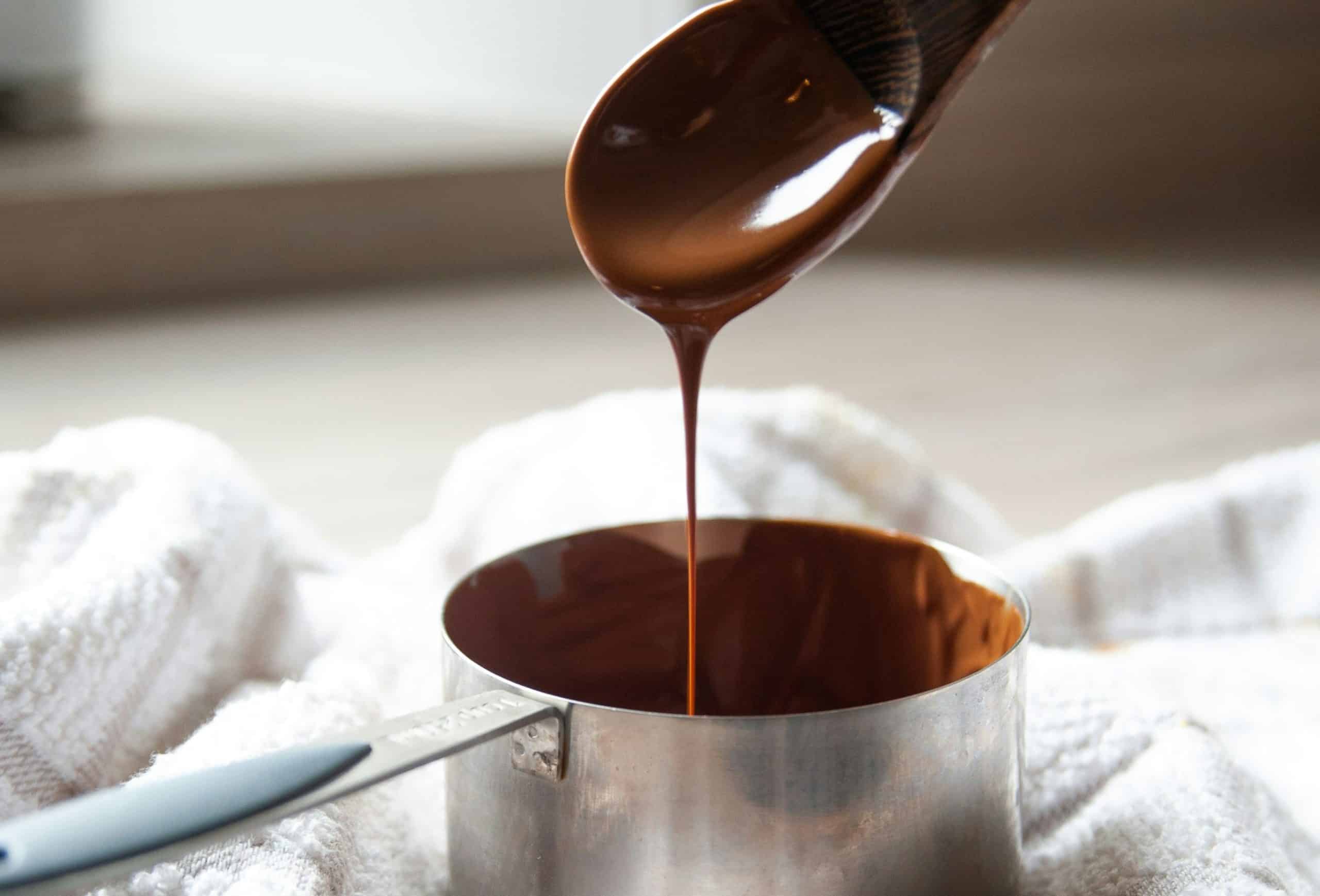
For dark chocolate sauce
- 1½ cups Ibarra chocolate tablets. These may be a little bitter; add some Carlos V milk chocolate to make it sweeter, if desired. Chop tablets fine so they melt more easily.
For milk chocolate sauce
- 1½ cups Carlos V milk chocolate
- ⅓ cups almonds, pecans or walnuts, chopped and roasted. Melt chocolate in the microwave, stirring every 30 seconds, and mix the chopped nuts of your choice into the melted chocolate.
Instructions for dipping ice cream into sauce
- Pour melted chocolate into a tall glass.
- Unmold frozen ice cream by releasing it from the ice cream mold
- Hold the stick and dip ice cream into melted chocolate. Shake the ice cream a few seconds in the chocolate to coat.
- Remove the ice cream. The chocolate should set quickly, in about 30 to 60 seconds. Rest on wax paper and store in freezer.
If you enjoyed your Mexican chocolate ice cream bar, why not let us know in the comments down below?
Deborah McCoy is the one-time author of mainstream, bridal-reference books who has turned her attention to food, particularly sweets, desserts and fruits. She is the founder of CakeChatter and the author of four baking books for “Dough Punchers” via CakeChatter. She is also the president of The American Academy of Wedding Professionals™ (aa-wp.com).
